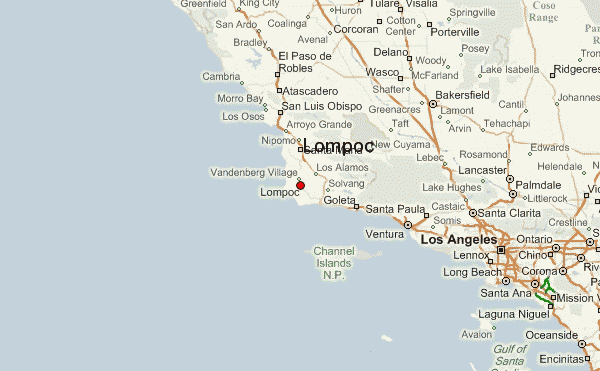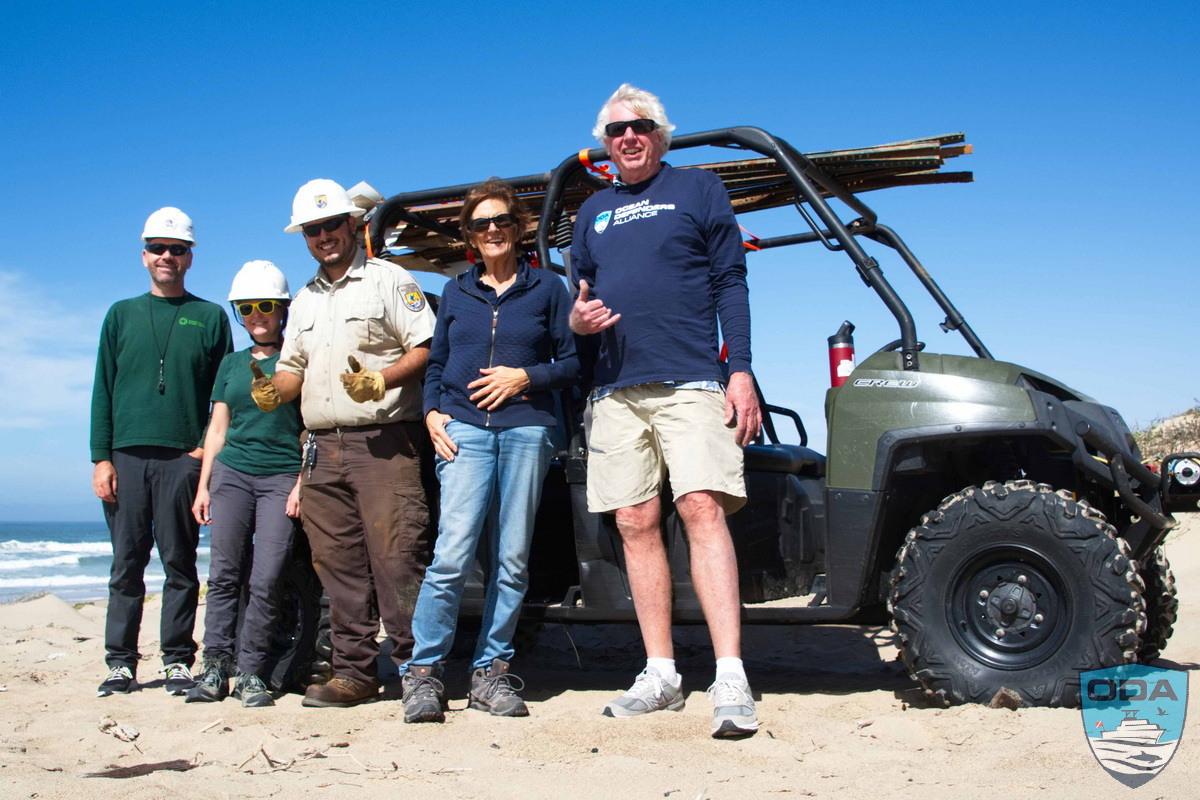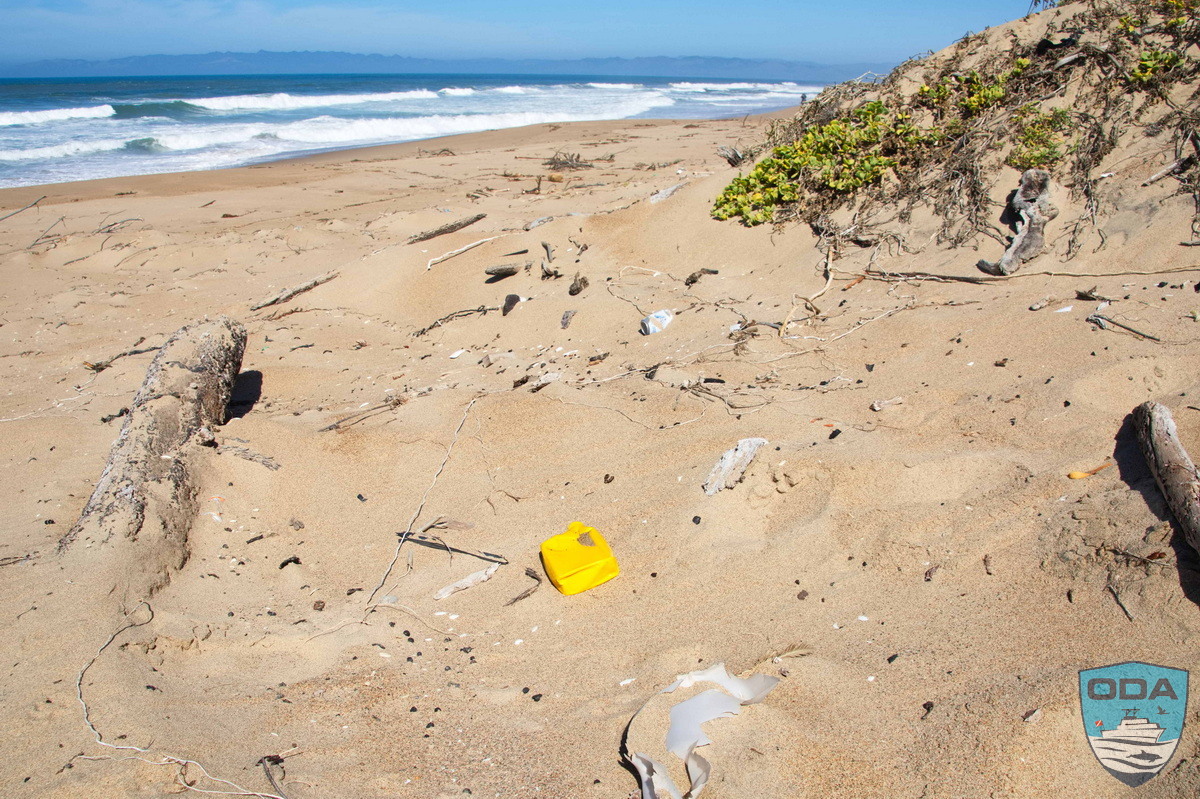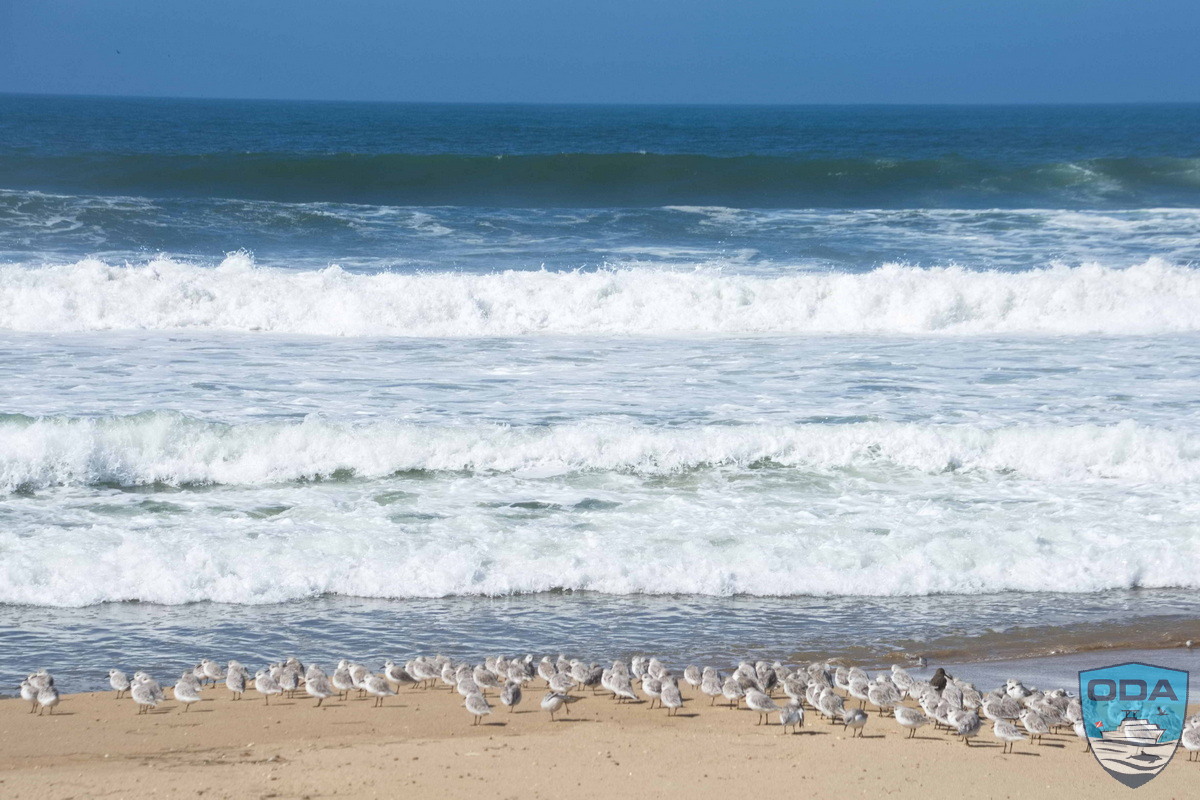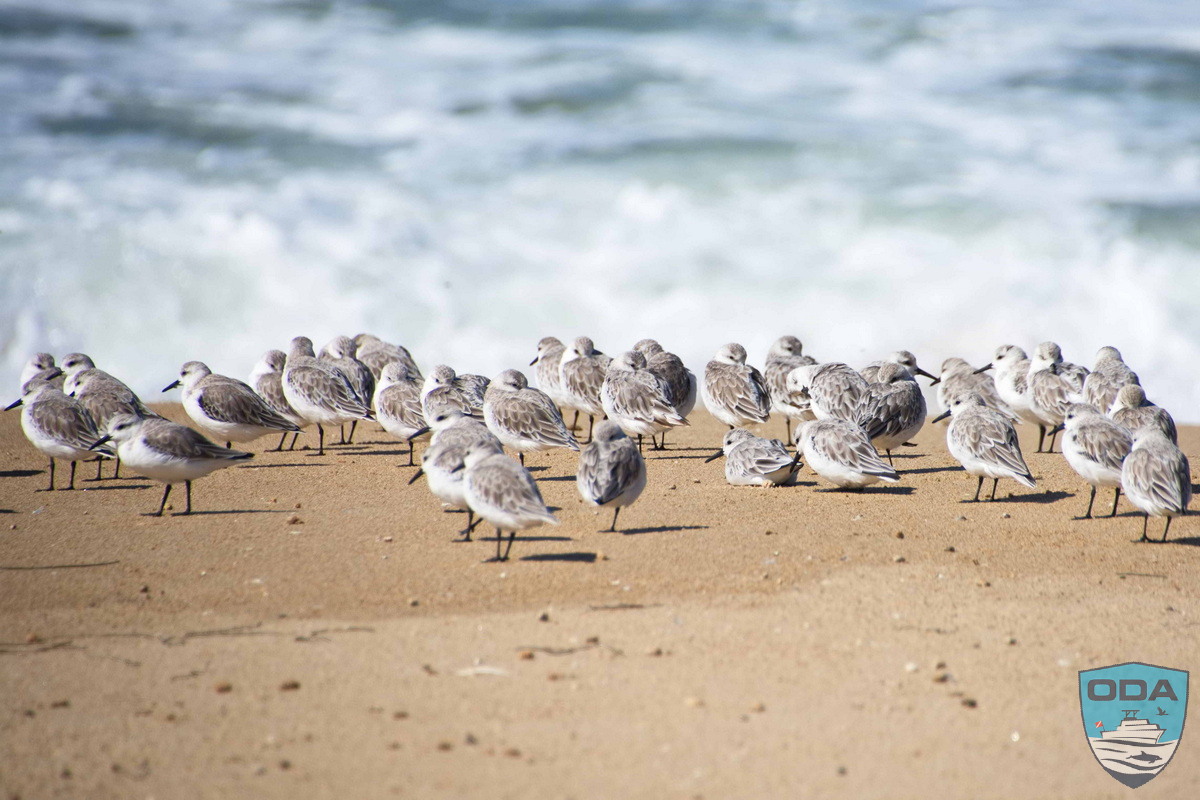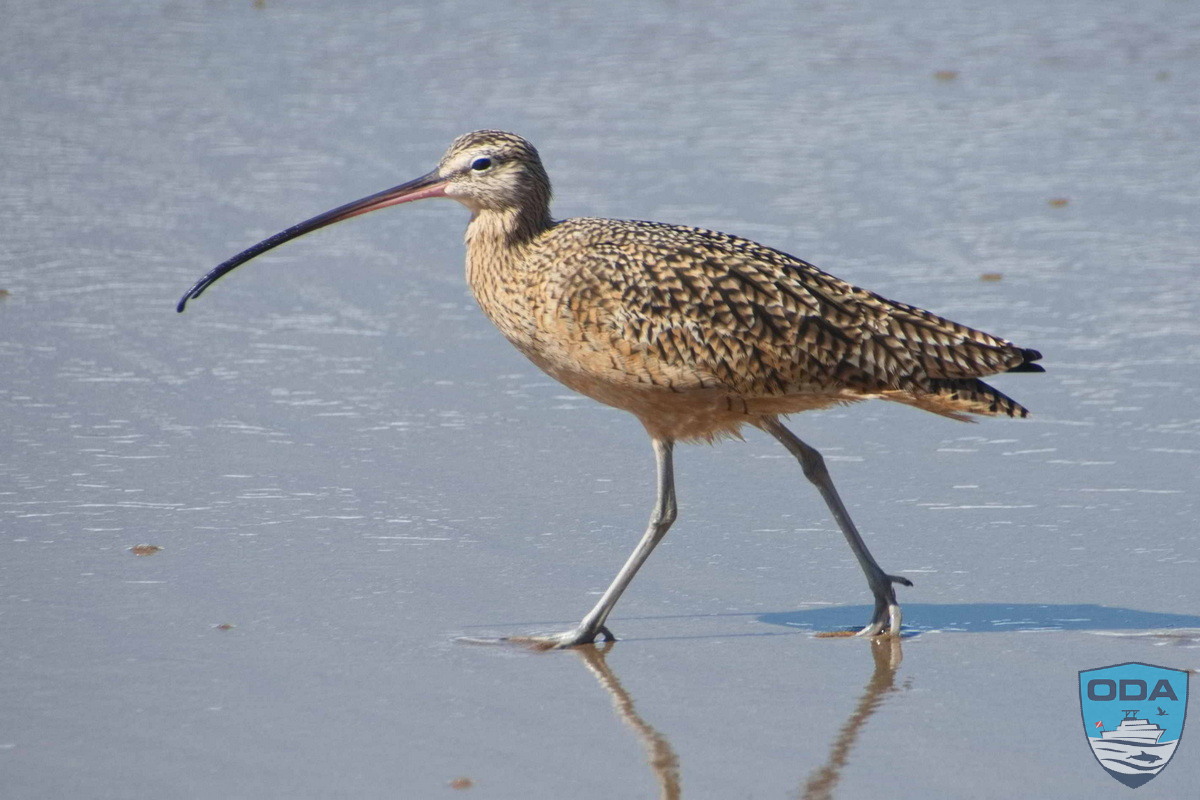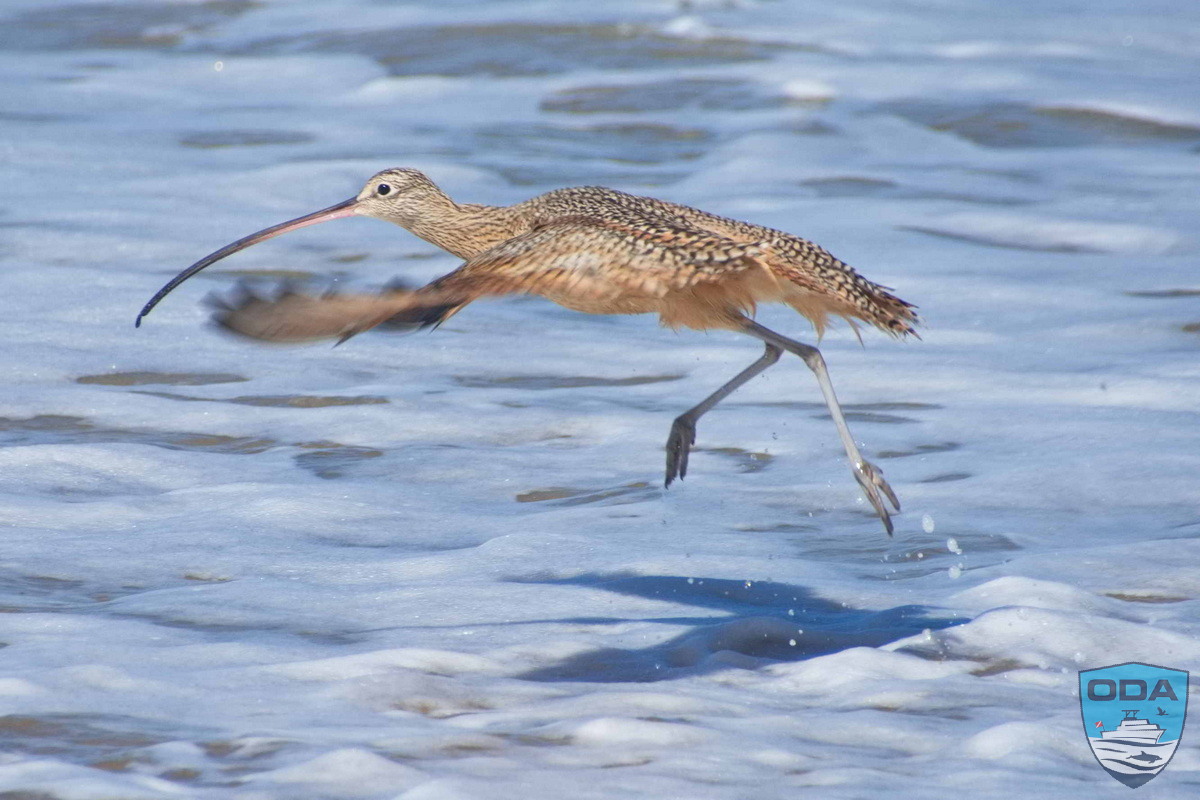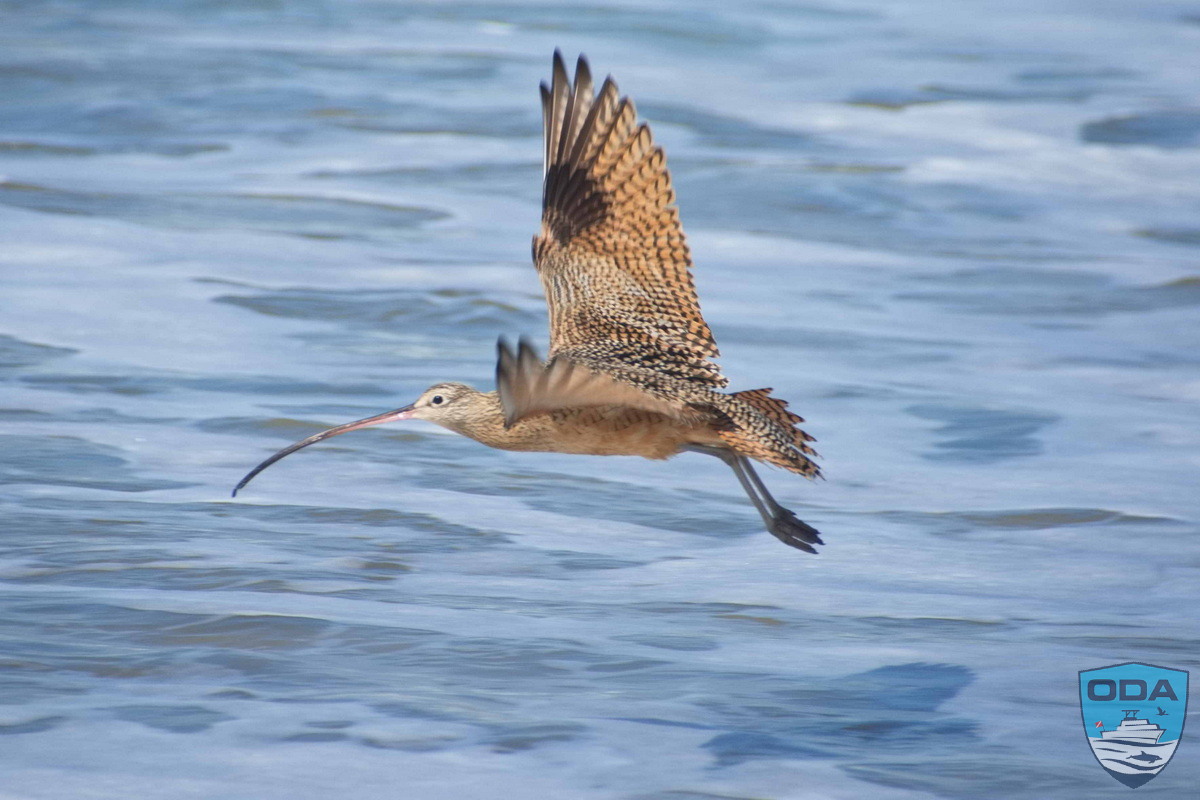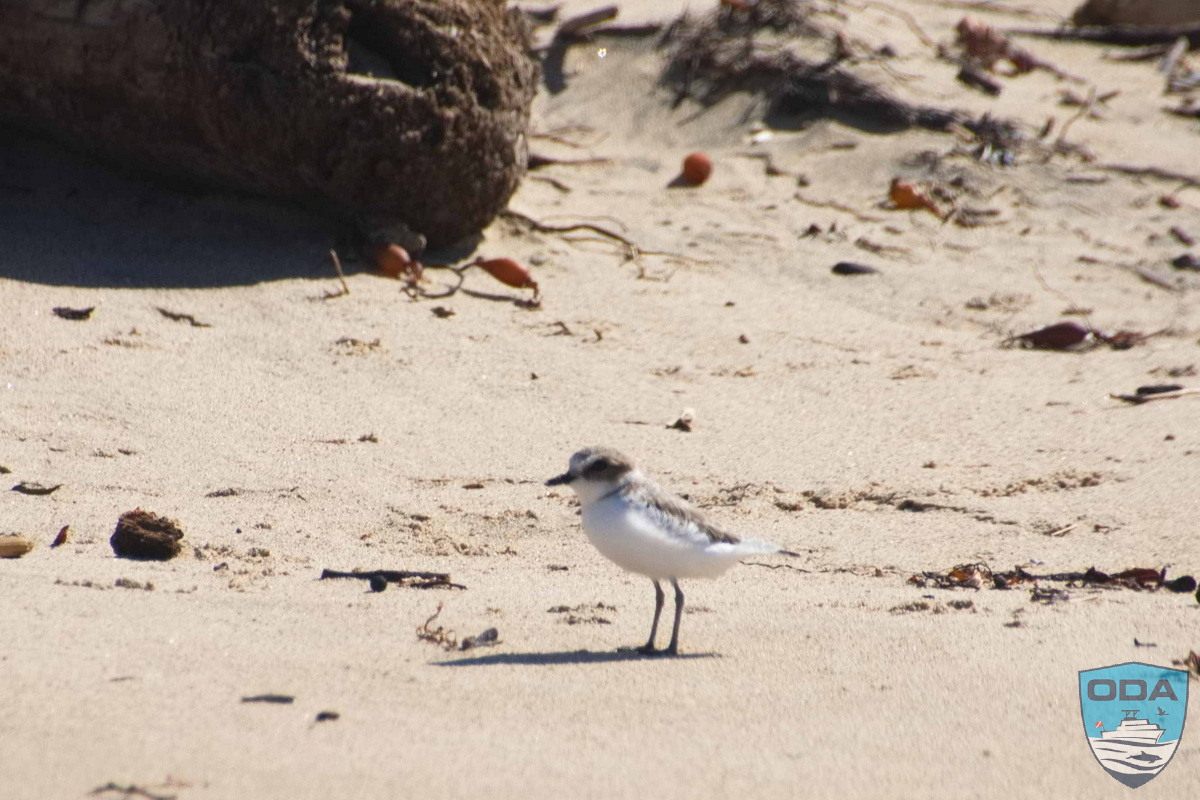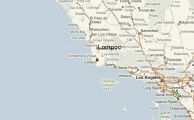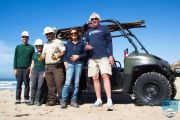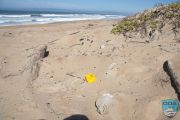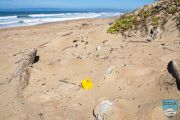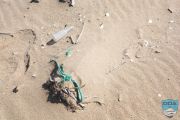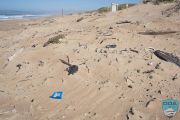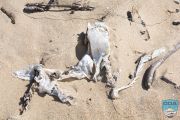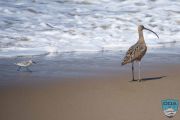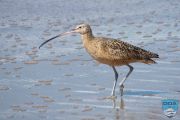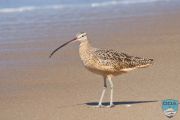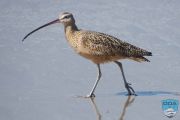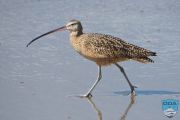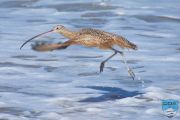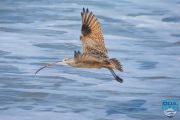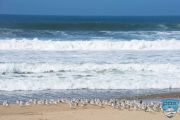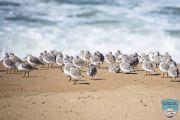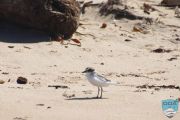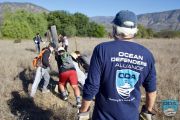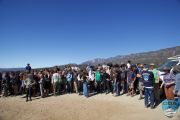New SoCal Cleanup Site – Guadalupe Nipomo Dunes
As the oil and gas extraction industries see conscientious societies switching over to renewable energy sources, they want to keep their record profits increasing even while demand for their dirty product wanes.
Their strategy is to start producing more plastics, which are made from crude oil. Just what we need, more plastics!
If they get their way, the production of these plastics will double by the year 2050. And by that time, it's estimated that there will be more plastics than fish in the sea. What a world that would be.
These days understanding the problem is not enough. We have to be proactive and do all we can to keep the plastics from getting into the water in the first place.
ODA has developed many opportunities for people to participate in beach, harbor, and underwater cleanups of these plastics. We recently removed 1,000 pounds of plastic out of the Seal Beach National Wildlife Refuge in Southern California. When I was talking to the refuge manager Mac Purvin, he suggested that I contact a friend of his who runs another refuge north of Santa Barbara, near Lompoc.
I called the manager, Louie Ocaranza, and made arrangements to come up and see what the refuge looks like and if it would be worth our time and effort to get some volunteers up there. I met him on October 13th, and he took a few of us out to look at the site. It's called the Guadalupe Nipomo Dunes.
The refuge is 2,645 acres of nothing but uninterrupted sand dunes and hills. Louie took us in a dune buggy to the coastline. It took us about 45 minutes to get from the parking lot to the dunes, and it was quite a ride. We didn't see any human footprints, nothing but animal prints from coyotes to raccoons to birds to deer. It was really serene. When we got to the coastline we drove up and down the beach looking for debris. I saw a lot of it there and felt that it would be worth our time to come here a couple of times a year and do as much of a cleanup as possible. It's a remote area so it's going to be difficult to get people in and out of it, so Louie and I are trying to figure out how to do that feasibly.
What I did see while I was there was from a birder’s point of view is a magical paradise. There were about a dozen snowy plovers there, which are endangered. This habitat is critical for their survival and seeing plastic in their habitat was really distressing. Their nesting season runs from March to October, so we were at the very end of the nesting season and that's why we didn't see very many of them.
While there, we also got to see hundreds of sanderlings in addition to dozens and dozens of long-billed curlews. Because this area is so remote there were very few people there, in fact I only saw two on that stretch of beach. But about a mile away is a heavily used area called Oceana Dunes and they allow off-road vehicles there. I could even hear them from where we were at this location. Because of the status of the snowy plover, the Oceana Dunes area is set to close to the off-roaders in 2024 because they have been running over those birds’ nests and babies.
Here are the sanderlings:
Here are a few shots of the long-billed cerluw:
Let's not forget the tiny and cute snowy plover:
My feeling is that we can really make a difference for these birds by removing this plastic plague from this area of prime California coastline that is so important to their survival and ensure this lightweight trash doesn’t blow out to sea. As we start making the arrangements to do these beach cleanups, I’ll keep you informed and if you live near the area maybe you'll want to help us out?
I heard from my good friend, teacher Tim Pearson, that he recently took 140 students to a cleanup site not far from this one (near the Ventura River) and worked for about four hours. Here's a few shots proving the kids rallied -- and this is just some of them!
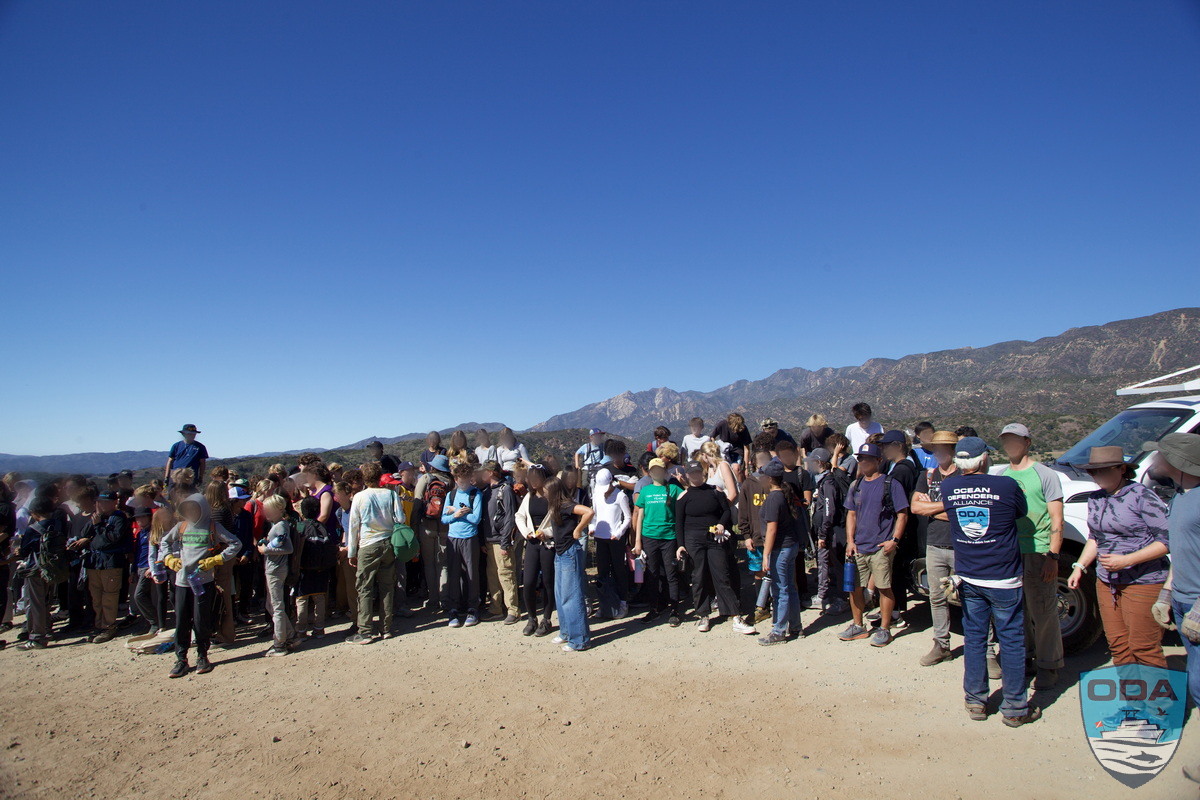

They removed many truckloads of material! We are hoping some of these enterprising students will sign up to help us at the Guadalupe Nipomo Dunes. Way to go kids! :-)
And YOU, too, can make a significant difference by helping us with these cleanups while getting to see what a rare sight these dunes are. In my entire 45 years living in California, I have never seen anything like it.
Let us know if you’d like to participate in this unique cleanup opportunity – email us at volunteer@oceandefenders.org.


